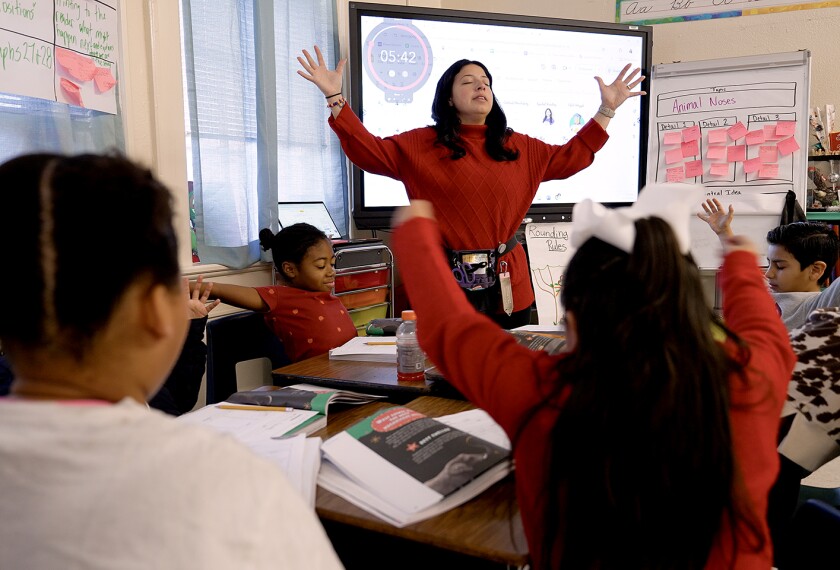A report from the U.S. Environmental Protection Agency shows reasons to be both optimistic and concerned about the health of American children.
“America’s Children and the Environment,” February 2003, is available from the Environmental Protection Agency. (Requires Adobe’s Acrobat Reader.)
In “America’s Children and the Environment,” a document released last week that combines data from a number of federal agencies, the EPA touts “good news” for children, including a continued decline in the number of youths with elevated levels of lead in their blood and a reduction in children’s exposure to secondhand tobacco smoke.
The agency credits the removal of lead from gasoline and the phaseout of lead in paint for the 85 percent decline in the amount of the potentially toxic substance found in the blood of children between 1976 and 2000.
The report also points to modest decreases in children’s exposure to outdoor-air pollution and contaminants in drinking water.
Asthma on Rise
But not all the news is good.
Between 1980 and 1995, the EPA says, the percentage of children with asthma doubled, rising from 3.6 percent to 7.5 percent. In 2001, the percentage afflicted with the bronchial condition jumped to 9 percent, or 6.3 million American children. Recent studies show that the impact of air pollution on asthmatics is most serious among lower-income populations.
The report cites mercury exposure for pregnant women as another source of increasing concern.
It says about 8 percent of U.S. women of childbearing age have concentrations of mercury in their bodies at potentially dangerous levels for a fetus.
No such data were collected by the U.S. Centers for Disease Control and Prevention before now, so the EPA could not document an upward or downward trend for the mercury problem. But the potential risks to infants and children—damage to cardiovascular, immune, reproductive, and nervous systems—have already prompted the EPA to adopt a number of programs aimed at reducing mercury use and emissions.



